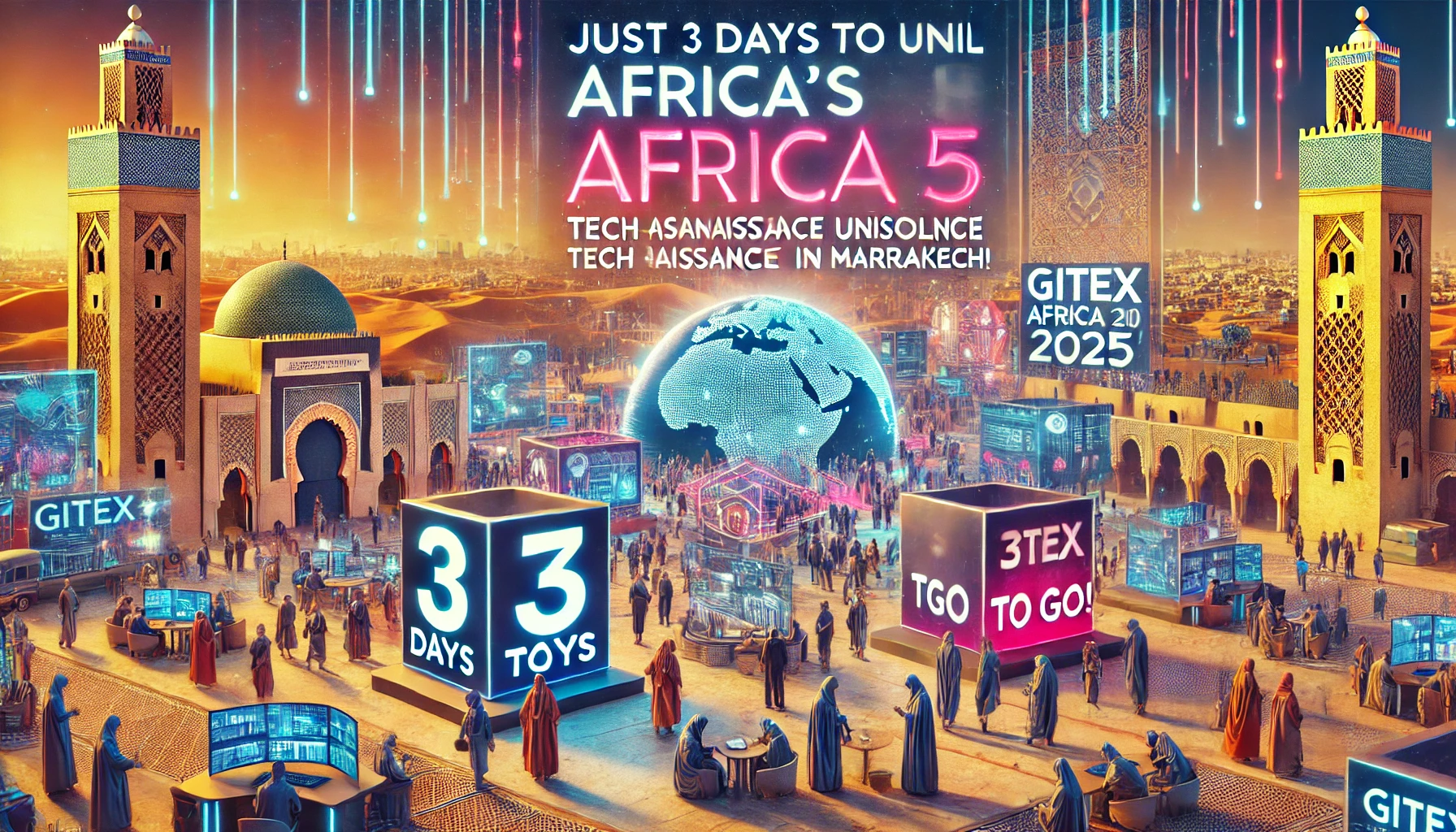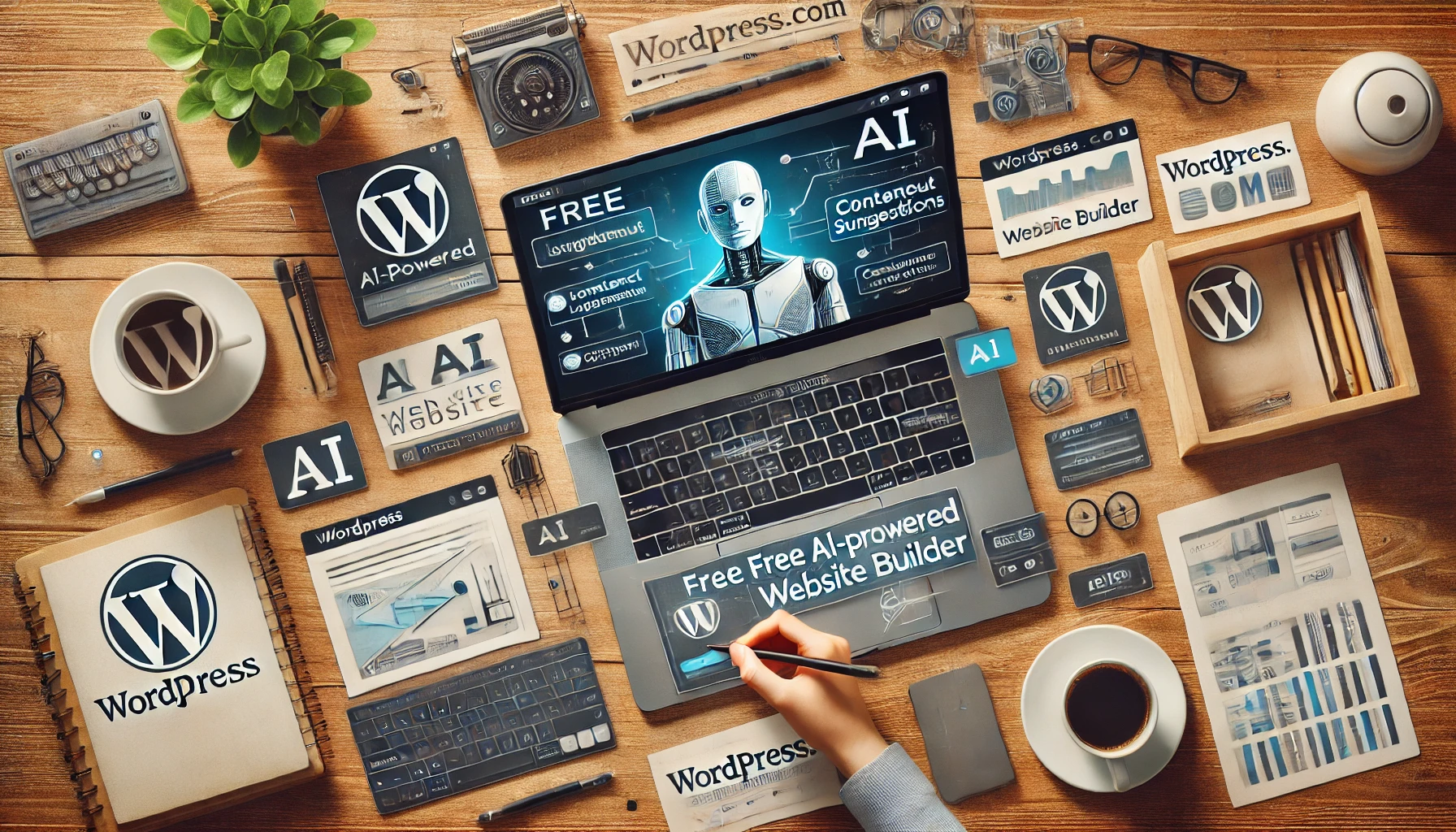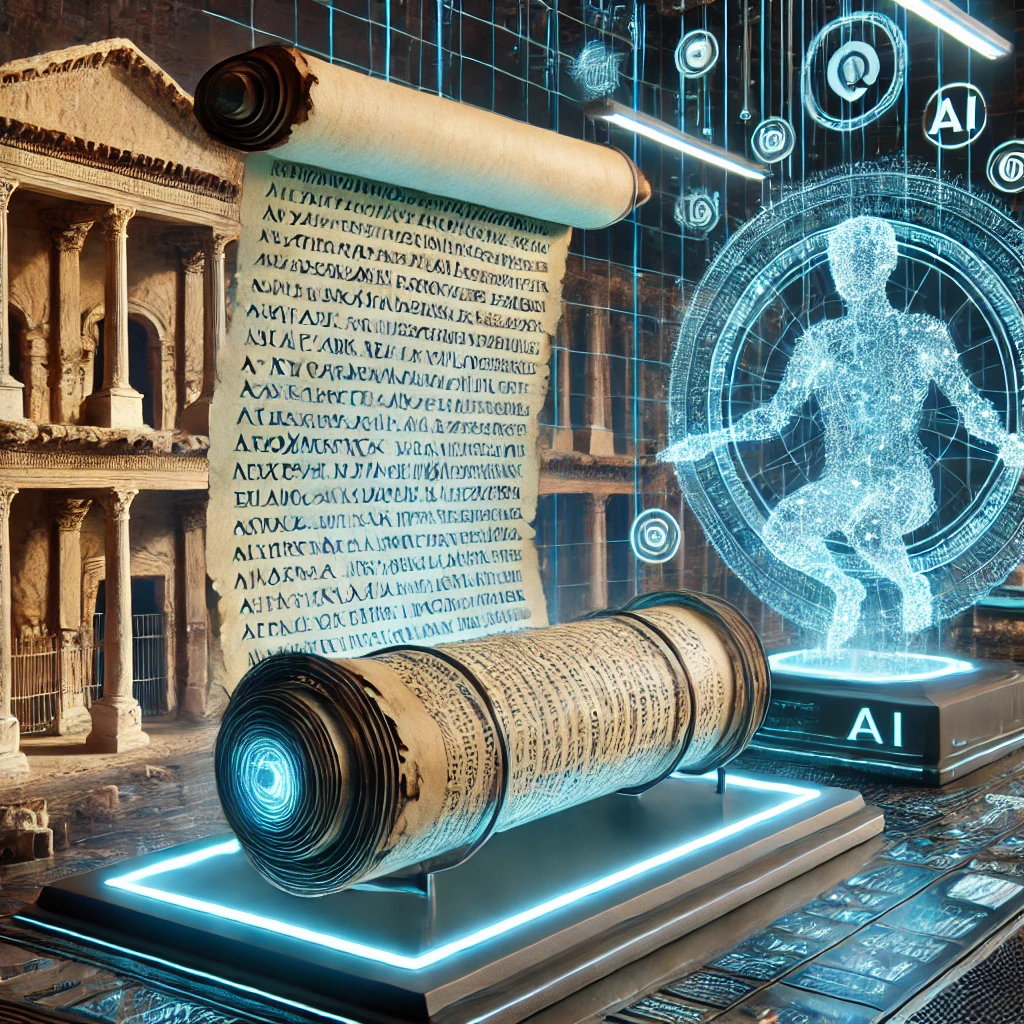Artificial Intelligence, a technology that relies heavily on vast datasets for training, is facing a significant challenge: it has consumed virtually all available human-created data. According to Elon Musk, this scarcity has forced AI models to turn to synthetic data—information generated by AI itself. While this workaround ensures continued learning, it comes with risks, particularly the issue of “hallucination,” where AI generates inaccurate or misleading information.
The Data Drain Dilemma
AI models require massive datasets to achieve high levels of accuracy and utility. Historically, this data has come from human-created sources like books, websites, images, and social media. However, Musk claims this wellspring of human knowledge has been depleted as AI systems like ChatGPT, GPT-4, and others consume vast amounts of text, images, and video data.
The Rise of Synthetic Data
To overcome this shortage, AI systems are now training on data generated by other AI models. While synthetic data helps fill the gap, it introduces challenges:
- Accuracy Concerns: Synthetic data may lack the authenticity and richness of human-created content.
- Hallucination Risks: AI models are prone to generating misleading or fabricated outputs, which could propagate errors or inaccuracies within systems trained on such data.
The Broader Implications
The shift to synthetic data underscores a critical resource limitation in AI development. Coupled with the massive environmental and financial resources required—such as vast amounts of water for cooling data centers and approximately $1 trillion in investments—the sustainability of AI’s growth trajectory is now under scrutiny.
Musk’s warning highlights the need for new strategies to ensure AI’s development remains reliable and grounded. As synthetic data becomes more prevalent, the tech industry faces the dual challenge of mitigating hallucination risks and finding innovative ways to expand training resources.





